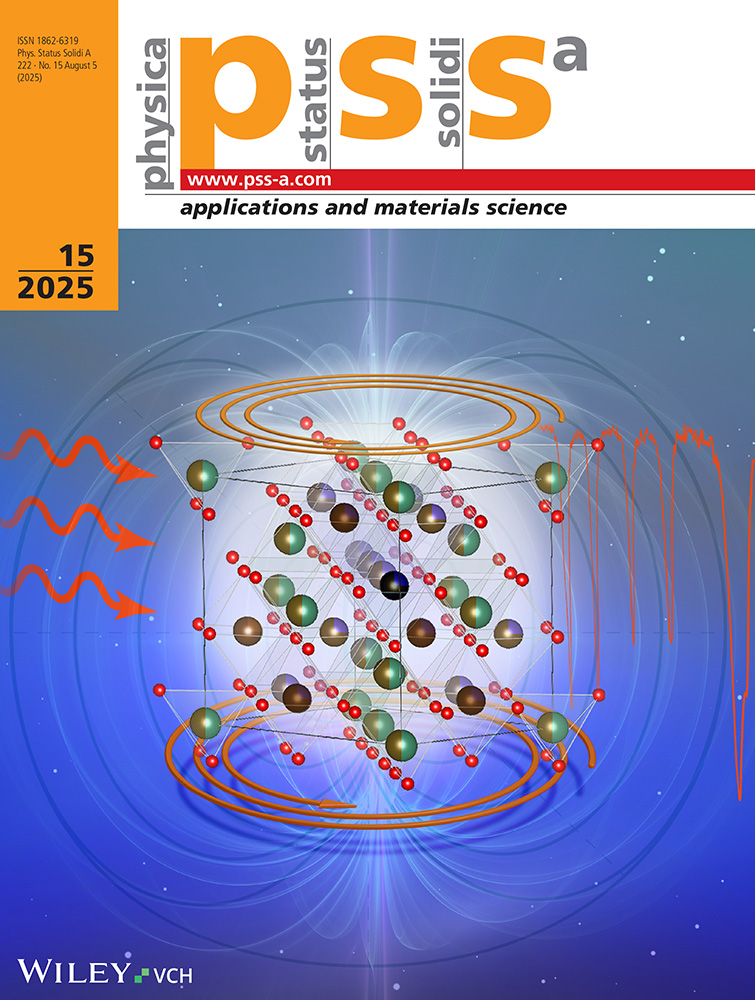Theory of melting II. Relaxion model†
Part I see phys. stat. sol. (a) 86, 565 (1984).
PF 1621, D-4790 Paderborn, FRG.
Abstract
enIt is shown that relaxions can be formed in a solid at temperature T ≧ TSCHA. (= TEB). Lattice theory of polymer solutions is applied to a solid having two types of atoms — localized atoms and relaxion atoms. The relaxion instability temperature is found to be smaller than TEB. The relaxion model and energy balance criterion together lead to the conclusion that at TEB the solid transforms into a relaxion liquid, i.e., Tm = TEB. The model is (i) in agreement with the Lindemann equation of melting, (ii) explains qualitatively the increase in entropy at melting, and (iii) shows why a solid cannot be superheated above TEB (= Tm), but the liquid can be supercooled to TR (< Tm).
Abstract
deEs wird gezeigt, daß sich im Festkörper bei Temperaturen T = TSCHA (= TEB) Relaxionen aus-bilden. Die Gittertheorie von Polymerlösungen wird auf einen Festkörper mit zwei Atomarten — lokalisierte Atome und Relaxionsatome — angewendet. Es wird gefunden, daß die Relaxions-instabilitätstemperature kleiner als TEB ist. Das Relaxionsmodell zusammen mit dem Energie-bilanzkriterium führt zu dem Schluß, daß bei TEB der Festkörper in eine Relaxionsflüssigkeit übergeht, d. h. Tm = TEB. Das Modell ist 1. in Übereinstimmung mit der Schmelzgleichung von Lindemann, 2. erklärt es qualitativ den Entropieanstieg beim Schmelzen und 3. zeigt es, warum ein Festkörper nicht über TEB (= Tm) aufgeheizt, jedoch die Flüssigkeit auf TR (< Tm) unter-kühlt werden kann.




